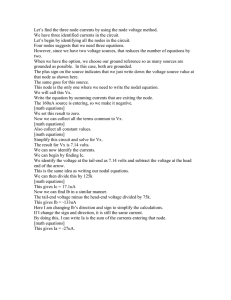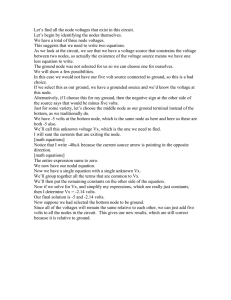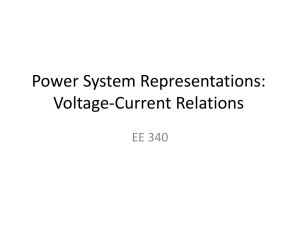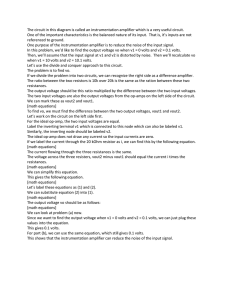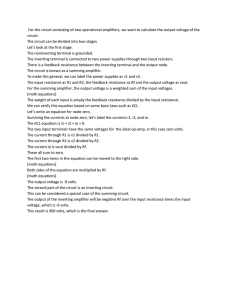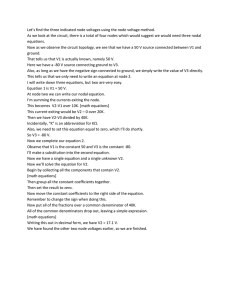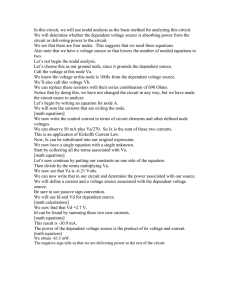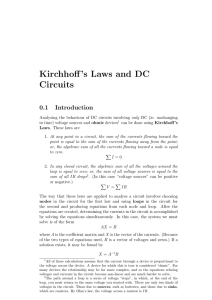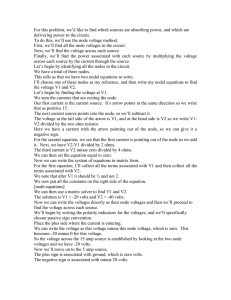We are given a circuit and would like to find... Vc equal to 8 volts.
advertisement
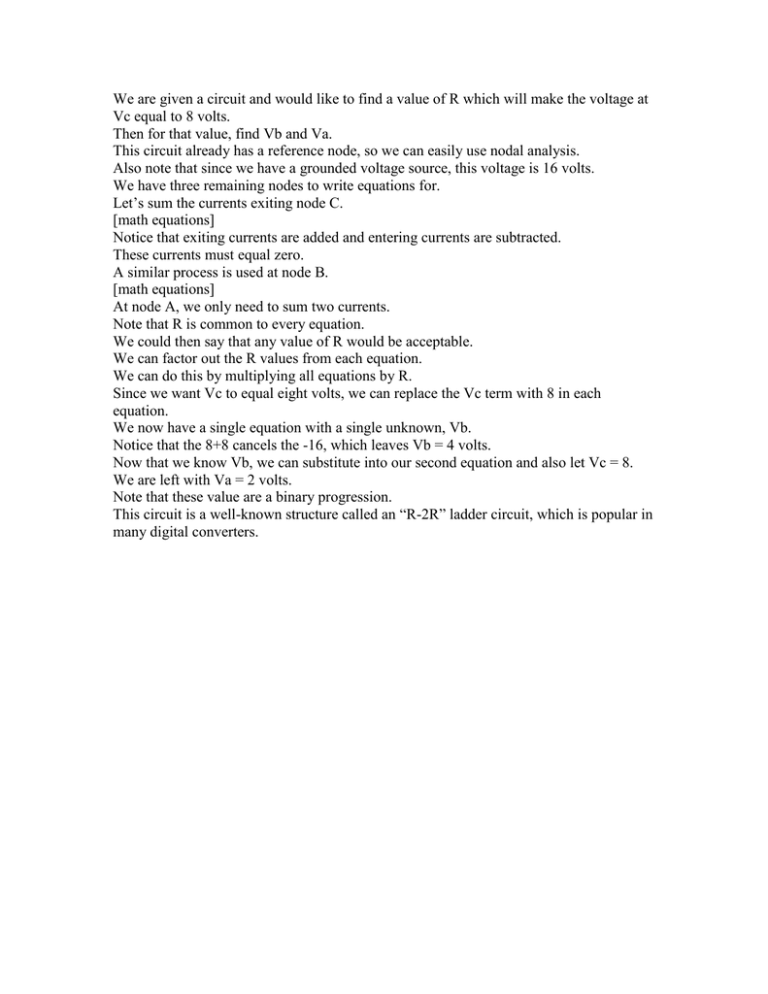
We are given a circuit and would like to find a value of R which will make the voltage at Vc equal to 8 volts. Then for that value, find Vb and Va. This circuit already has a reference node, so we can easily use nodal analysis. Also note that since we have a grounded voltage source, this voltage is 16 volts. We have three remaining nodes to write equations for. Let’s sum the currents exiting node C. [math equations] Notice that exiting currents are added and entering currents are subtracted. These currents must equal zero. A similar process is used at node B. [math equations] At node A, we only need to sum two currents. Note that R is common to every equation. We could then say that any value of R would be acceptable. We can factor out the R values from each equation. We can do this by multiplying all equations by R. Since we want Vc to equal eight volts, we can replace the Vc term with 8 in each equation. We now have a single equation with a single unknown, Vb. Notice that the 8+8 cancels the -16, which leaves Vb = 4 volts. Now that we know Vb, we can substitute into our second equation and also let Vc = 8. We are left with Va = 2 volts. Note that these value are a binary progression. This circuit is a well-known structure called an “R-2R” ladder circuit, which is popular in many digital converters.
